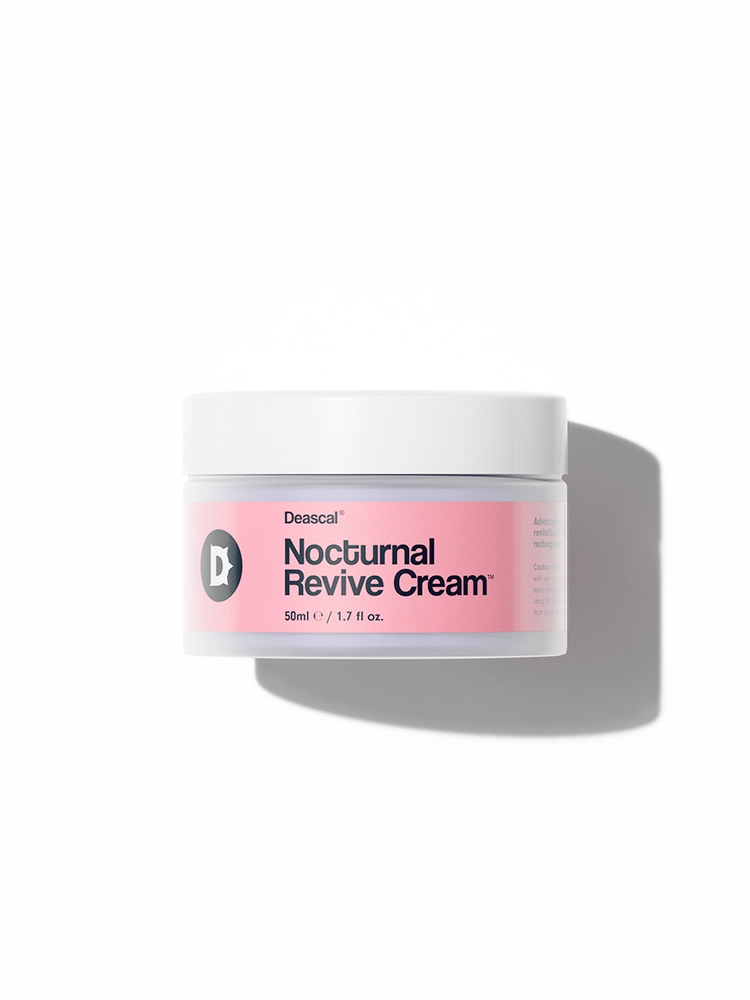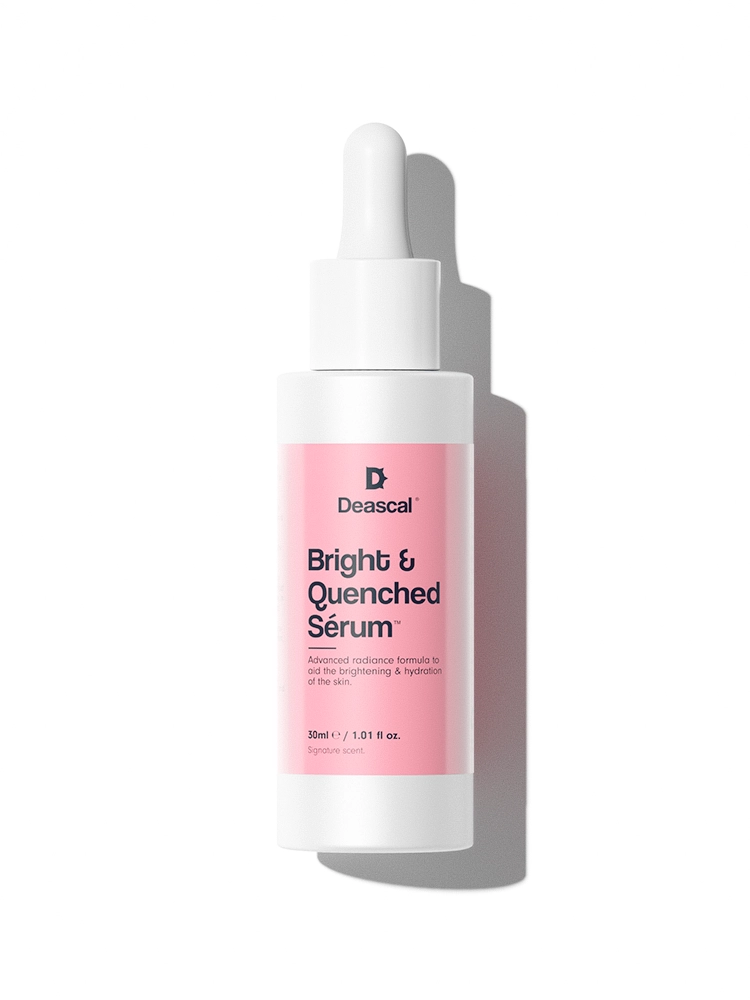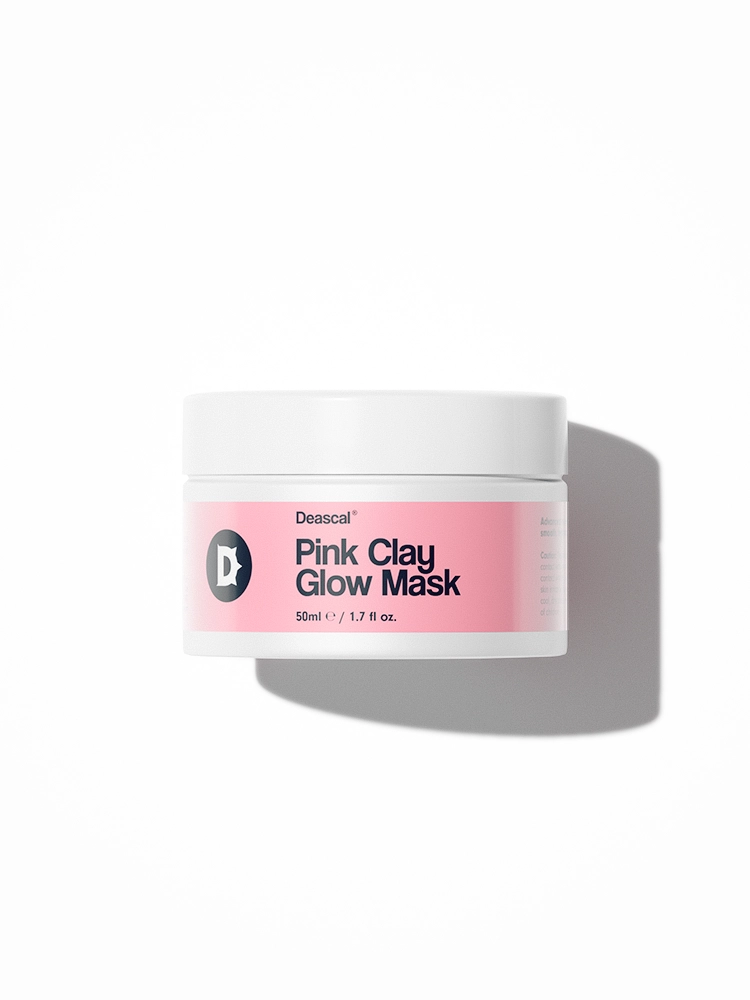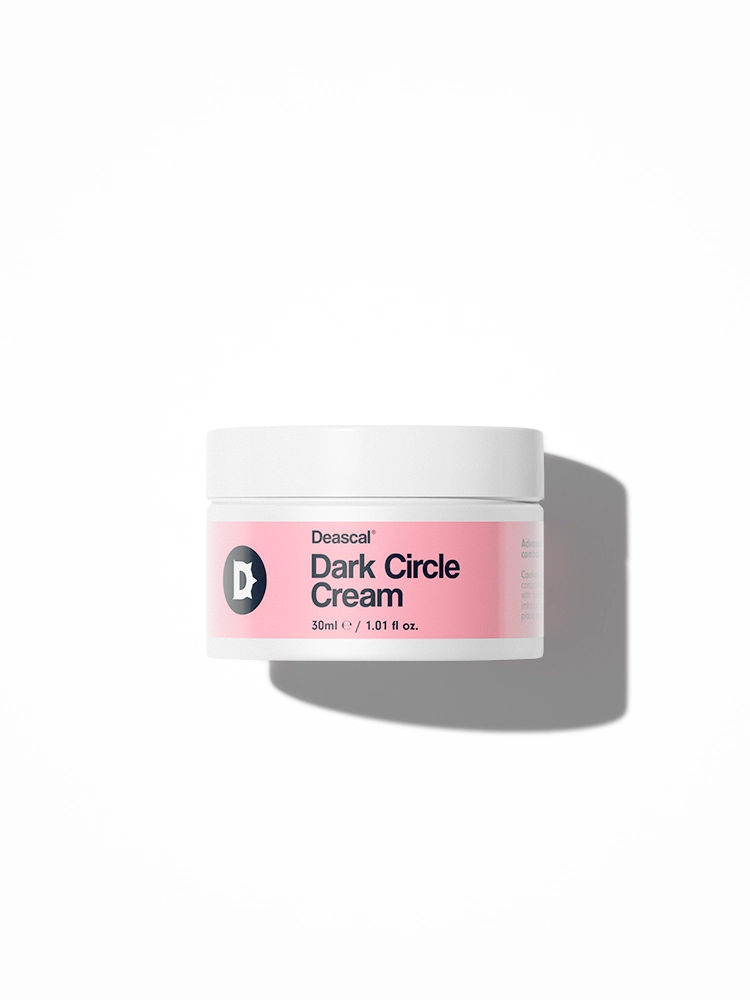What is Sucrose Polylinoleate?
Sucrose Polylinoleate, also known as .alpha.-d-Glucopyranoside, .beta.-d-fructofuranosyl, (Z,Z)-9,12-octadecadienoate, is a versatile ingredient used in the cosmetic industry. It is derived from sucrose, a common sugar, and linoleic acid, an essential fatty acid. The chemical composition of Sucrose Polylinoleate is complex, but in simple terms, it’s a sugar ester of polyunsaturated fatty acids. This unique structure gives it the ability to perform multiple functions in cosmetic products.
The use of Sucrose Polylinoleate in cosmetics is relatively recent. It was discovered that sugar esters, like Sucrose Polylinoleate, have excellent emulsifying properties, making them ideal for use in a variety of cosmetic formulations. Over time, the benefits of Sucrose Polylinoleate have been further explored, leading to its use as a skin conditioning agent, emollient, and cleansing agent.
The production of Sucrose Polylinoleate involves a process known as esterification. In this process, sucrose and linoleic acid are combined under specific conditions to create the sugar ester. This process is carefully controlled to ensure the resulting Sucrose Polylinoleate meets the high-quality standards required for use in cosmetic products.
The Benefits/Uses of Sucrose Polylinoleate
In this section, we will delve into the officially recognized benefits and uses of Sucrose Polylinoleate:
Skin Conditioning
As a skin conditioner, Sucrose Polylinoleate works to maintain the skin’s overall health and appearance. It helps to keep the skin hydrated by reducing water loss from the skin’s surface. This ingredient also aids in making the skin feel smoother and softer, enhancing its overall texture and appearance. So, when you see Sucrose Polylinoleate listed in your skincare products, know that it’s working to keep your skin looking and feeling its best.
Emollient
Sucrose Polylinoleate also functions as an emollient. Emollients are ingredients that help to moisturize the skin by forming an oily layer on its surface that traps water. This means that products containing Sucrose Polylinoleate can help to keep your skin moisturized and prevent it from drying out. This is particularly beneficial for those with dry or sensitive skin types.
Cleansing
Another key function of Sucrose Polylinoleate is its cleansing properties. It helps to remove dirt, oil, and other impurities from the skin’s surface, leaving it clean and refreshed. This makes it a common ingredient in products like facial cleansers and body washes. So, if you’re looking for a product that can effectively cleanse your skin without stripping it of its natural oils, look for ones containing Sucrose Polylinoleate.
Emulsifying
Finally, Sucrose Polylinoleate acts as an emulsifier. Emulsifiers are crucial in cosmetic products as they help to mix oil and water-based ingredients that would otherwise separate. This ensures that the product has a consistent texture and that all the ingredients are evenly distributed. Therefore, Sucrose Polylinoleate contributes to the overall effectiveness and stability of the product.
Note: the listed benefits above are exclusively based on the officially recognized and defined functions of the ingredient, as documented by the International Nomenclature of Cosmetic Ingredients (INCI).
Potential Side Effects & Other Considerations
Sucrose Polylinoleate is generally considered safe for use in cosmetics. It is a skin conditioning agent, emollient, cleanser, and emulsifier, which means it helps to soften and smooth the skin, remove dirt and oils, and mix oil and water-based ingredients together. However, like any ingredient, it may not be suitable for everyone and could potentially cause side effects in some individuals.
The potential side effects of topical application of Sucrose Polylinoleate include:
- Redness
- Itching
- Skin irritation
- Allergic reactions
Regarding individuals who are pregnant or breastfeeding, there is currently a lack of data on the safety of topical use of Sucrose Polylinoleate during pregnancy or while breastfeeding. Therefore, it is recommended to consult a healthcare professional for further advice if you are pregnant or breastfeeding and considering using products containing this ingredient.
Side effects or adverse reactions from Sucrose Polylinoleate are not common, but they can occur. It is always a good idea to conduct a patch test before using a new product widely, especially if you have sensitive skin or are prone to allergic reactions. Apply a small amount of the product to a patch of skin on your inner forearm and wait 24 hours to see if any reaction occurs.
As for comedogenicity, Sucrose Polylinoleate is rated as 1 on a scale of 0 to 5, with 0 being totally non-comedogenic and 5 being highly comedogenic. This means it has a low likelihood of clogging pores and causing acne or blemishes. However, everyone’s skin is different and what works well for one person may not work as well for another. If you are prone to acne, blemishes, or breakouts, it may be worth trying a product with a lower comedogenic rating.




